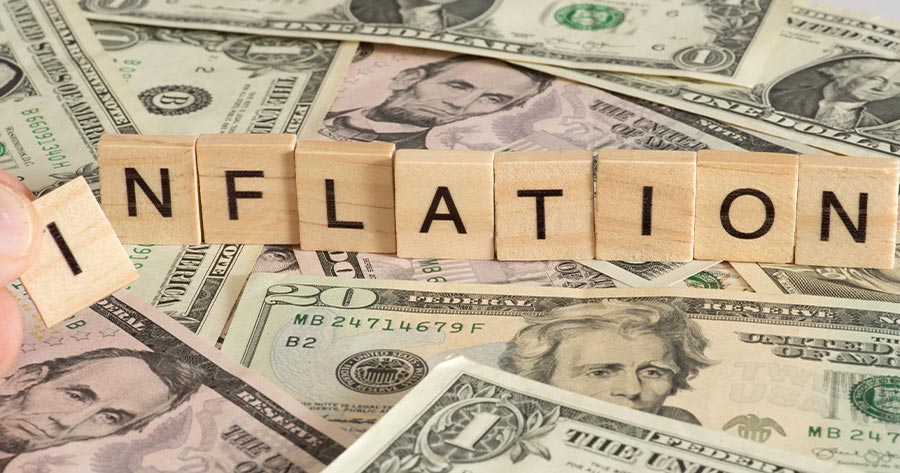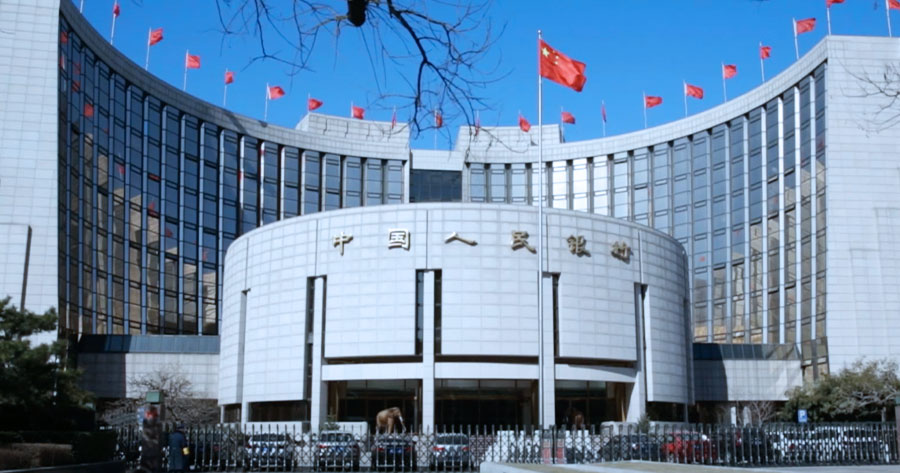Oil prices edged lower on Tuesday amid concerns of higher interest rates for longer, but maintained at a higher level as supply is expected to be tight for the remaining of the year.
Neel Kashkari, President of the Minneapolis Federal Reserve Bank, expected the central bank to continue raising borrowing rates and keep them high for some time to bring inflation to its target of 2% if the U.S. economy is resilient enough.
Meanwhile, the European Central Bank (ECB) President Christine Lagarde reiterated her commitment to fight inflation, saying that interest rates will stay high enough to restrict business activity for as long as necessary.
The international benchmark Brent crude futures dropped $1.09 or 1.17% to $92.20 a barrel, while the U.S. West Texas Intermediate (WTI) crude futures fell $1.08 or 1.20% to $88.60 a barrel. Brent crude came out of over the $94 level and WTI recently rose above the $91 level.
High energy prices since the invasion of Russia in Ukraine have put major central banks in a tough spot after their historic hike of more than 500 bps, especially the U.S. and ECB, as raising more interest rates could potentially hurt their economy.
Some economists and investors are weighing against rate hike decisions as inflation has come down to a lower level, though not at the target price of central banks. However, a spike in oil prices could bring back inflation in the form of high energy prices. The report of Russia temporarily banned exports of gasoline and diesel to all countries other than the four ex-Soviet states also added fuel to the prices.
JPMorgan energy analyst told Bloomberg in an interview that global oil prices could see a new normal around $100 a barrel. Goldman Sachs also revised its forecast from $93 to $100 a barrel, expecting modestly sharper inventory draws amid tightening supply due to OPEC’s production cut and higher demand. Citi also expected oil prices to reach $100, though for a short period of time, seeing an average of $84 in the fourth quarter of 2023 and low-$70 range in 2024.
The current momentum in the market is leaning toward peak rates at 5.25-5.50% for this cycle, but different opinions on when the rate cut will begin.
Goldman, Morgan Stanley, Jefferies, Standard Chartered and Moody’s do not expect another rate hike this year, according to Refinitiv. However, Barclays, BofA, Citi and even Fitch still see one more hike in the final quarter of this year.
Barclays expected the Fed to deliver a cut in each of the last three meetings of 2024. Meanwhile, Morgan Stanley still saw the first rate cut to be delivered as early as March next year.
The last two meetings of the Fed in November and December will be closely monitored as the market will fully price-in the high oil prices for more than two months before the decision-making by the Fed.
Inflation data for September will be announced on October 12. According to the data gathered by ‘Trading Economics’ the U.S. consumer price index is expected to increase 3.8%, a slight uptick from 3.7% in August and a 60bps increase from 3.2% in July.





